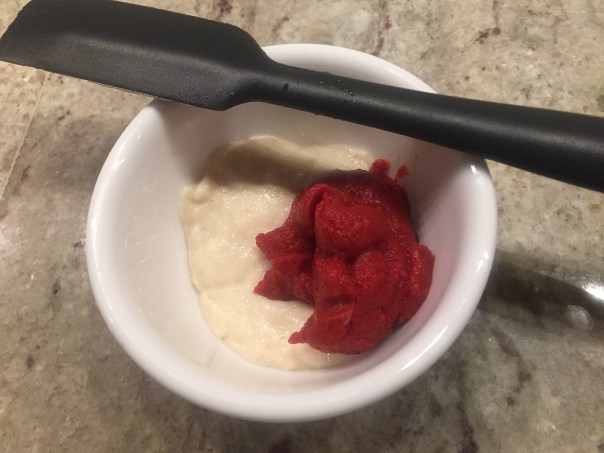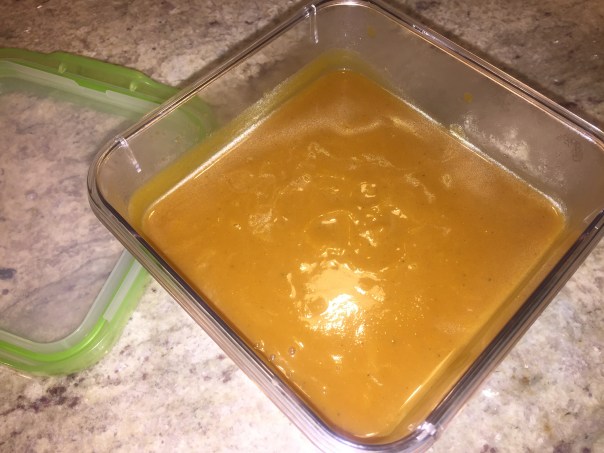Tender roasted artichoke hearts and crispy panko add nutty, toasted flavors to this Pasta with Garlicky Roasted Artichokes recipe that brims with briny olives and sweet sun-dried tomatoes.

Our pasta-to-veggie ratio was a bit skewed, but in a good way because the box of gluten-free pasta was only 8.8 ounces, and we incorporated two 9-ounce packages of frozen artichokes, 50% more than called for. You might not be aware of the humble artichoke’s position as a nutrient powerhouse and the amazing health benefits you can have simply by adding this veggie to your diet.
A serving of artichokes provides greater antioxidant benefits per serving than many other foods traditionally considered to be antioxidant-rich such as dark chocolate, blueberries and red wine—all three of which I love! Plus, just one artichoke provides over 10 grams of dietary fiber, making them a powerful tool for helping to not just keep you regular but also to improve your digestive health overall.
The recipe didn’t specify, but we used dried (more like a half cup) as opposed to oil-packed sun-dried tomatoes. I’d be remiss if I also didn’t mention the health benefits of this fruit. These intensely flavored, sun-kissed beauties are a concentrated source of nutrients. They provide vitamins C and K, iron, and lycopene, an antioxidant associated with lower risk of certain cancers.
As with all vegetables, roasting intensifies the flavors and preserves the sweetness while creating hard-to-resist crispy edges; and it’s an easy and relatively hands-off process. In fact, it’s so easy you may want to double the artichoke recipe so that you can also serve the veggie as a side dish for another meal.

Ingredients
- Kosher salt
- 12 oz. penne, mezze rigatoni, or similar short pasta
- 1/4 cup finely chopped fresh flat-leaf parsley
- 1 tsp. finely grated lemon zest
- Garlicky Roasted Artichoke Hearts (recipe follows)
- 1/3 cup coarsely chopped sun-dried tomatoes
- 1/3 cup coarsely chopped pitted Castelvetrano or Cerignola olives
- 1/4 cup extra-virgin olive oil; more for drizzling
- 1/2 oz. Grana Padano or Parmigiano-Reggiano, finely grated (about 1/4 cup); more for serving
- Lemon wedges, for serving (optional)
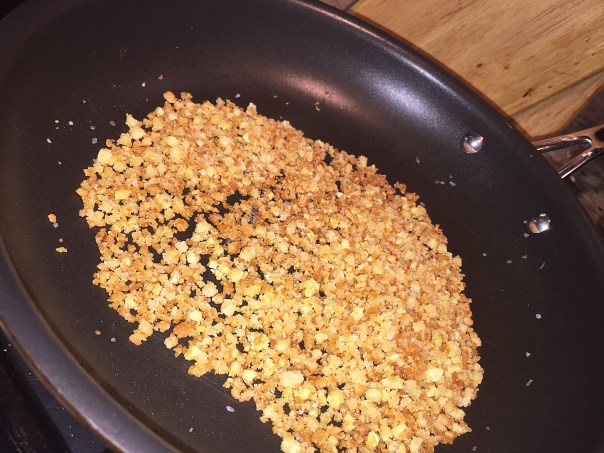
Add the panko and a pinch of salt to the garlic, and stir until the oil is absorbed and the panko turns golden brown. Although adding bread to a pasta dish is odd, the small amount of toasted panko adds a wonderful crunch and texture.

In a large bowl, combine the parsley and lemon zest. I also added the red pepper flakes (extra of course), tomatoes, and olives at this point.

Then I added the pasta, panko, roasted artichokes, oil, and cheese, and tossed until well combined.
Directions
- Bring a large pot of well-salted water to a boil. Cook the pasta according to package directions until al dente.
- Meanwhile, in a large bowl, combine the parsley and lemon zest. Add the pasta, artichokes, tomatoes, olives, oil, and cheese, and toss until well combined.
- Drizzle with more oil, top with additional cheese, and serve with lemon wedges, if you like.
Roasted Artichokes
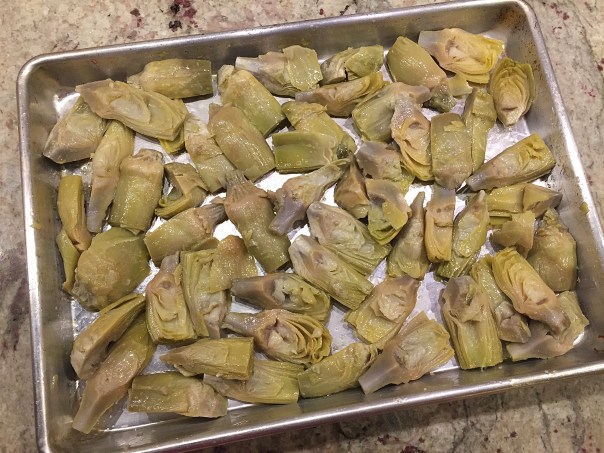
Thawed frozen artichoke hearts are tossed in oil, sprinkled with salt, and spread out in a single layer on a rimmed baking sheet.

Ingredients
- 12 oz. thawed frozen artichoke hearts, drained and patted dry
- 4 Tbs. extra-virgin olive oil
- Kosher salt
- 1 tsp. minced garlic
- 1/4 cup panko
- 1/2 tsp. crushed red pepper flakes; more to taste
- 1 Tbs. finely chopped fresh flat-leaf parsley
- Lemon wedges, for serving (optional)
Directions
- Position a rack in the center of the oven and heat to 425°F.
- On a rimmed baking sheet, toss the artichokes with 2 Tbs. oil and 1/2 tsp. salt, spread in a single layer, and roast until the artichokes are golden on the bottom, about 20 minutes. Flip and roast until golden brown in places, 5 to 7 minutes.
- In an 8-inch nonstick skillet, heat 1 Tbs. oil on medium-low heat. Add the garlic and stir with a wooden spoon until fragrant, about 30 seconds. Add the panko and a pinch of salt, and stir until the oil is absorbed and the panko turns golden brown, 2 to 3 minutes.
- In a large bowl, toss the artichokes with the panko, pepper flakes, and remaining 1 Tbs. oil. Serve sprinkled with the parsley and lemon wedges on the side, if you like.
Recipes by Diana Andrews from Fine Cooking




 Ingredients
Ingredients


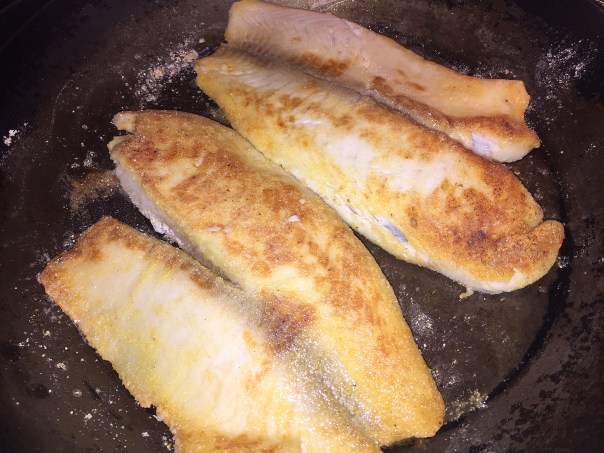

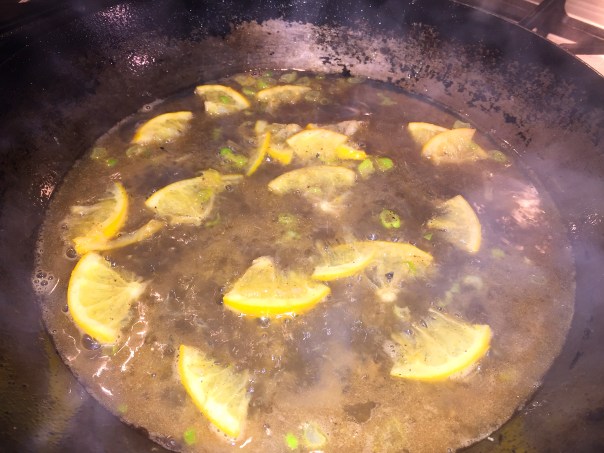








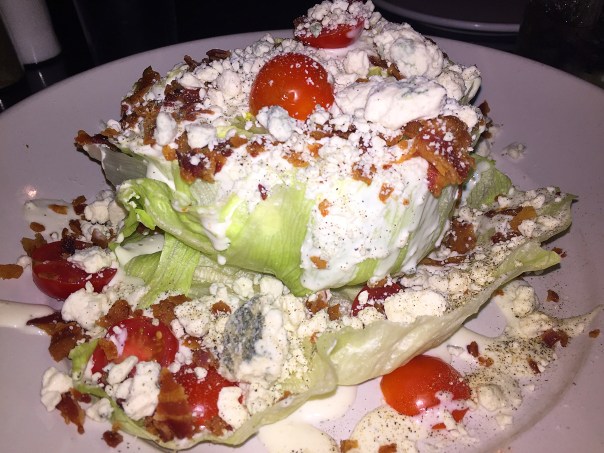
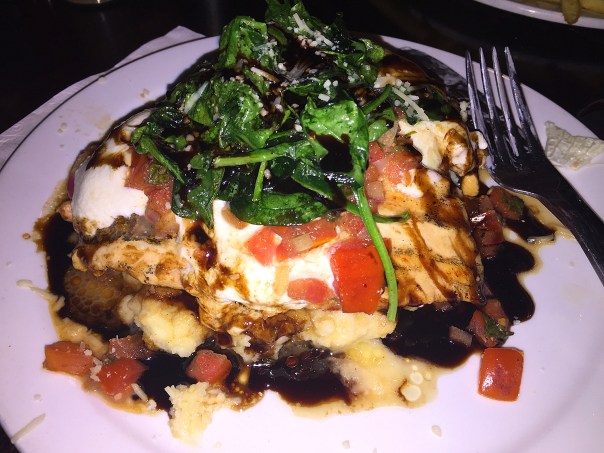
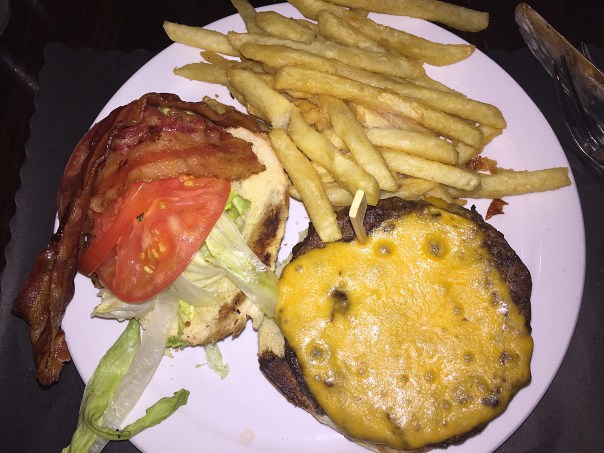



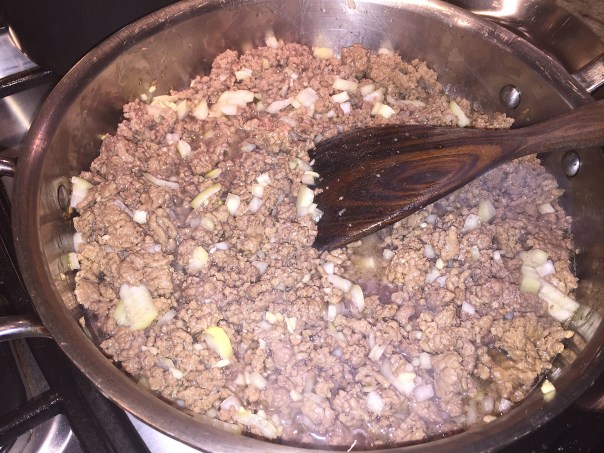

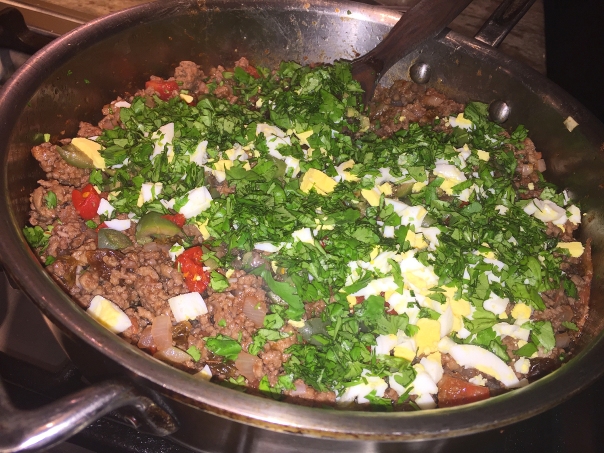

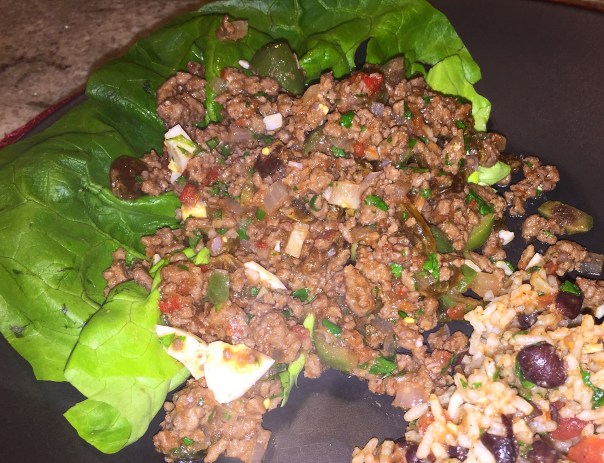
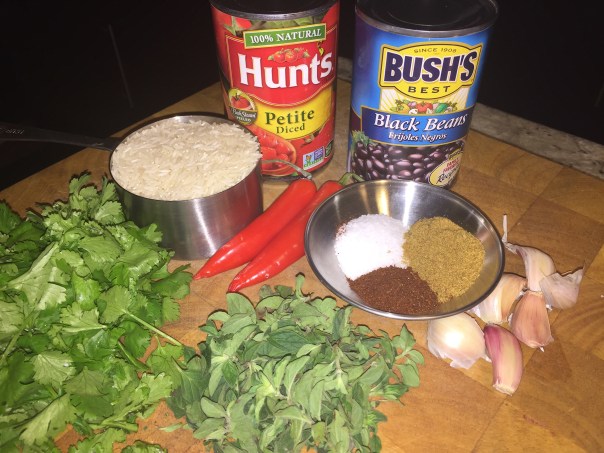
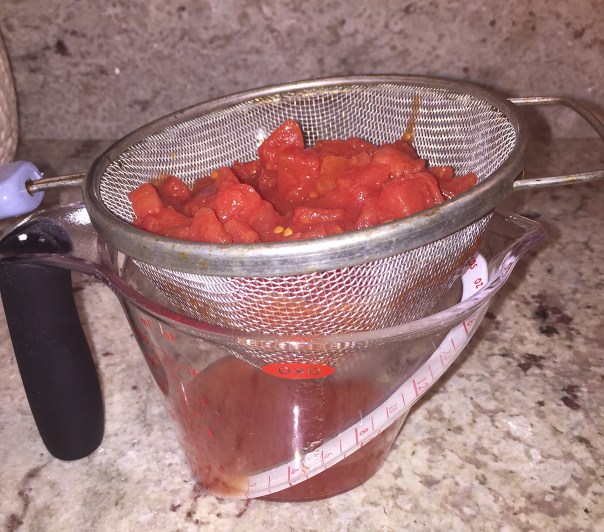











 After the ginger and curry paste, stir in 1/4 cup of the broth, scraping up any bits that are stuck to the pan, then add 1/3 cup of the coconut milk.
After the ginger and curry paste, stir in 1/4 cup of the broth, scraping up any bits that are stuck to the pan, then add 1/3 cup of the coconut milk.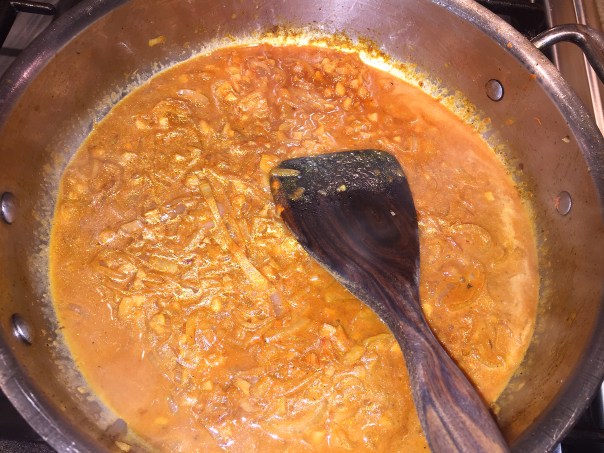






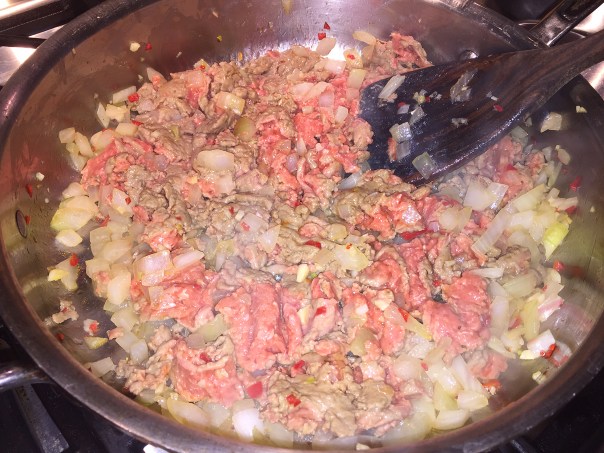 Next, add the chicken and cook, breaking it up with a wooden spoon, until no longer pink.
Next, add the chicken and cook, breaking it up with a wooden spoon, until no longer pink.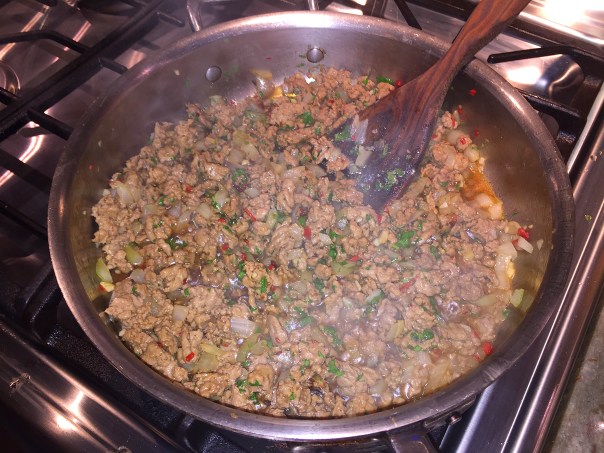





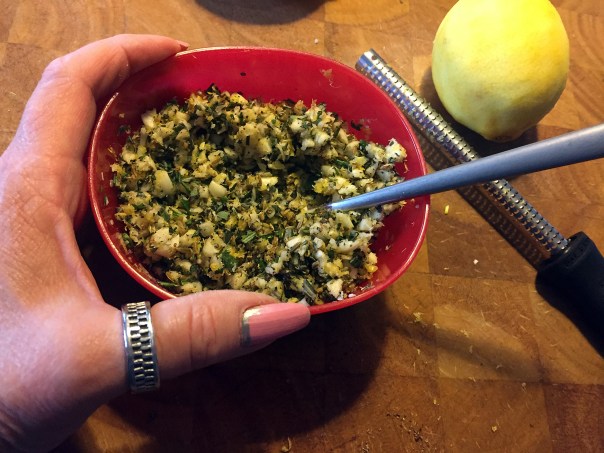


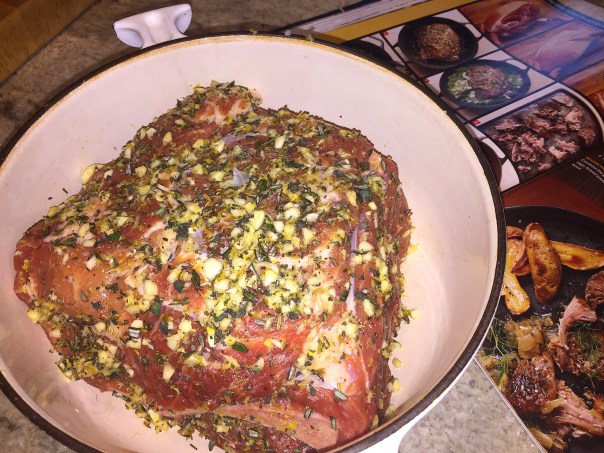


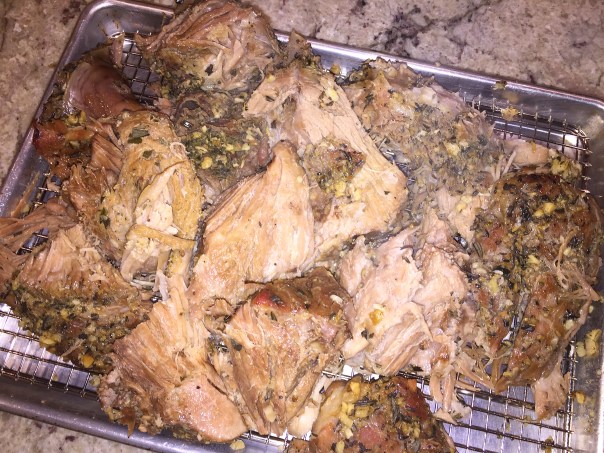


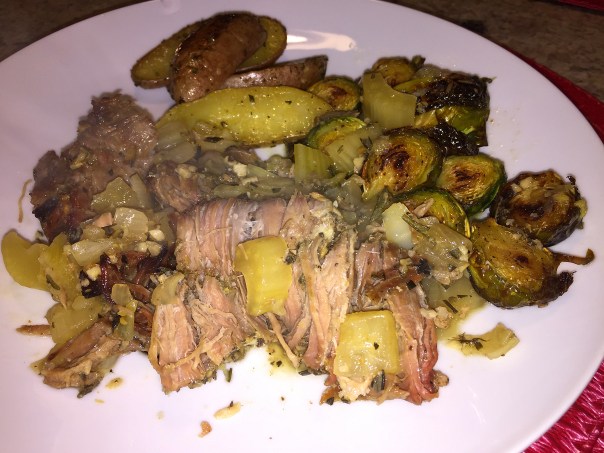






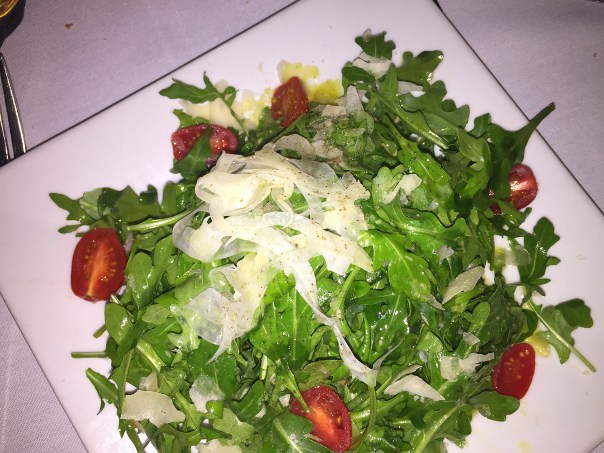
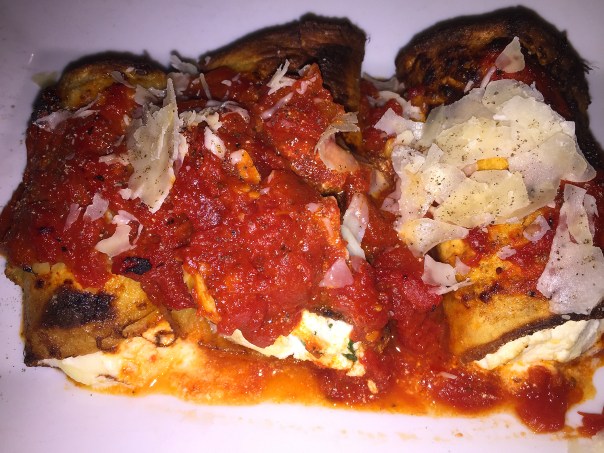


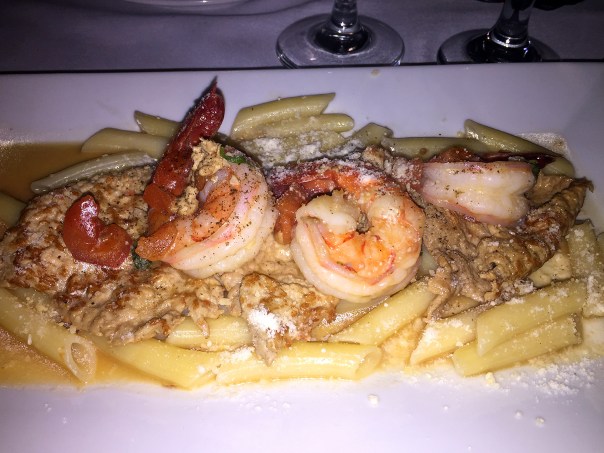






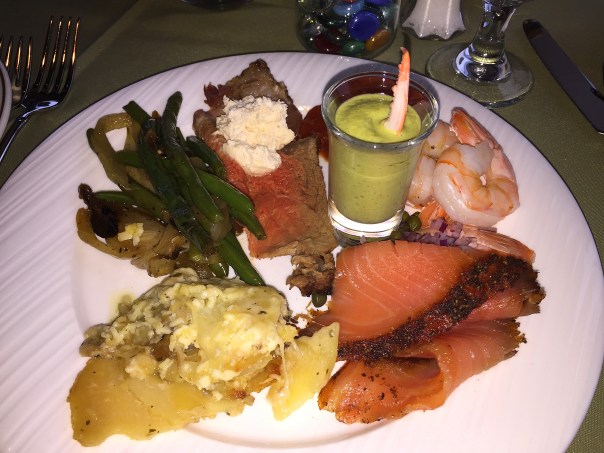








 Trimmed broccoli raab gets rinsed before cooking.
Trimmed broccoli raab gets rinsed before cooking.



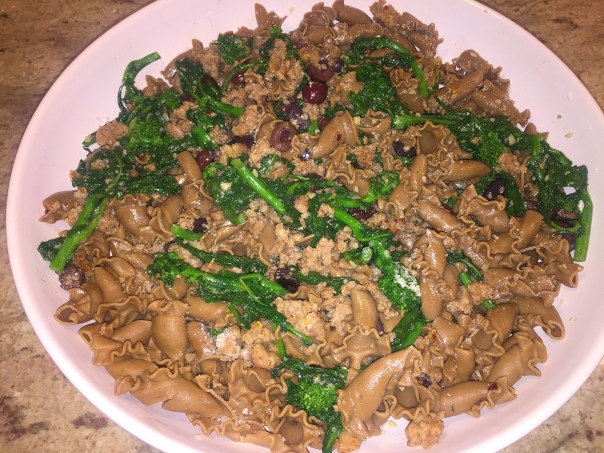

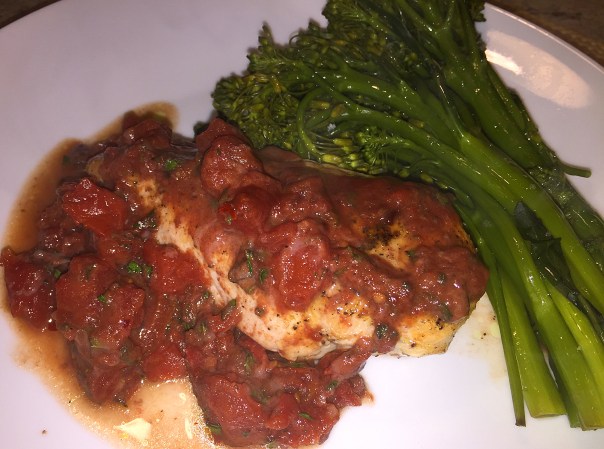

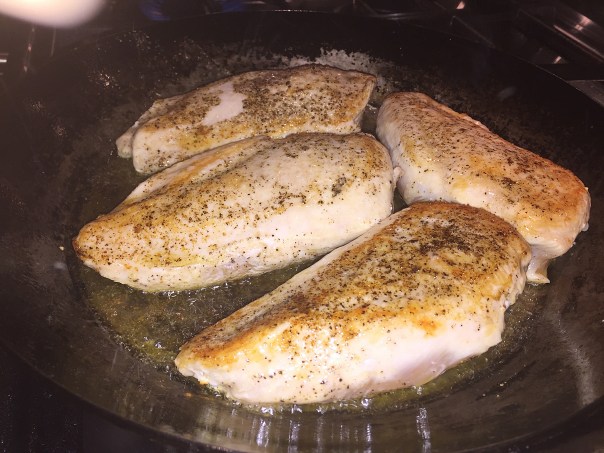






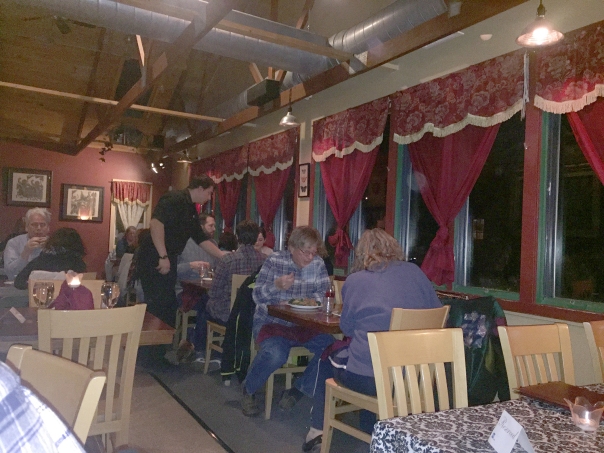
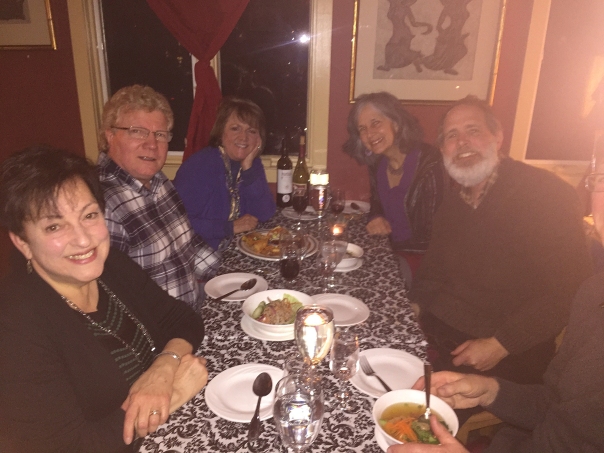

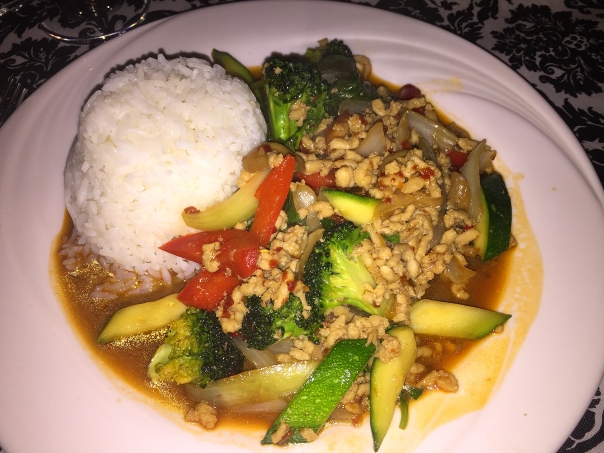
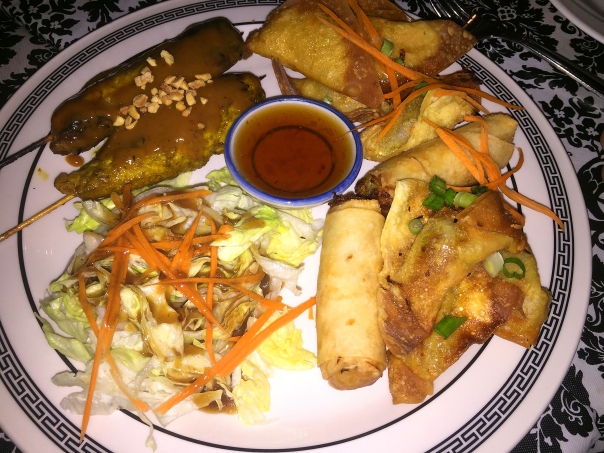

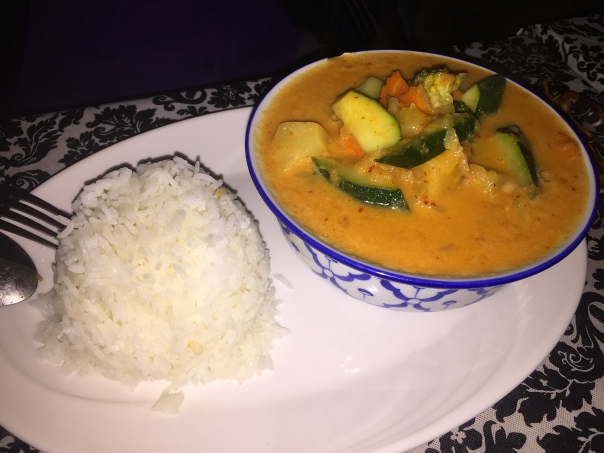


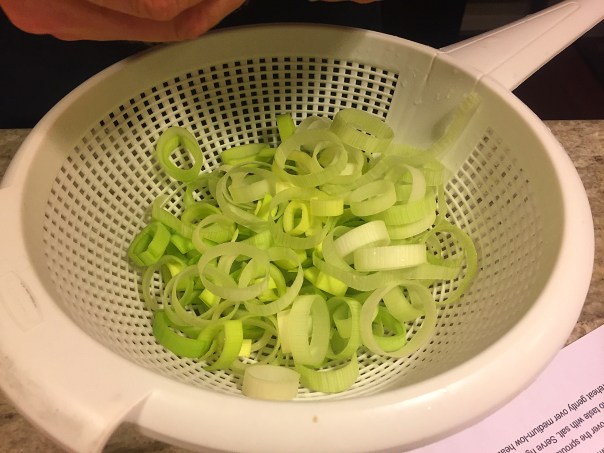


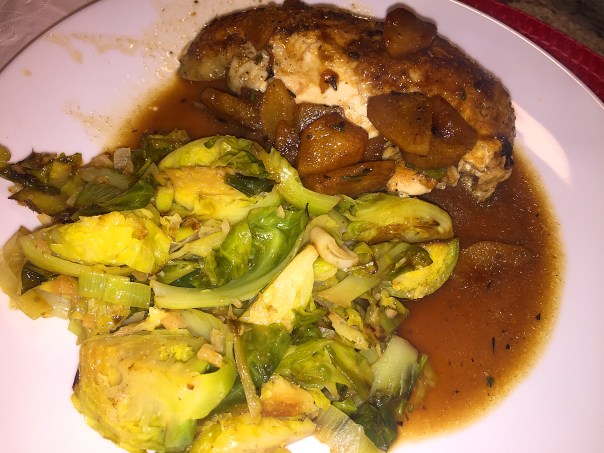


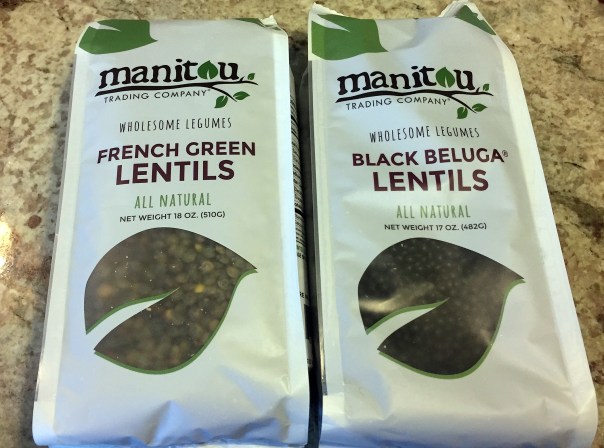
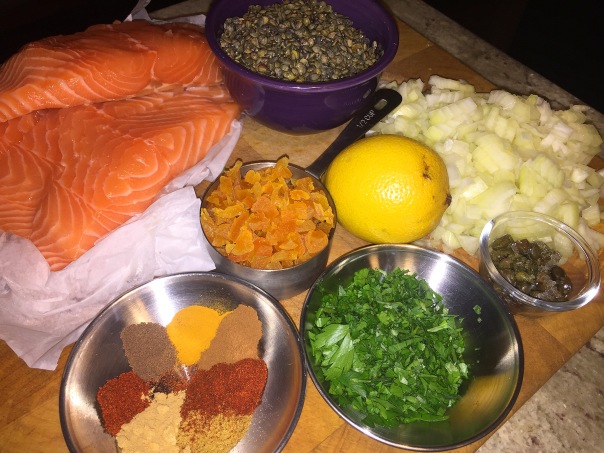
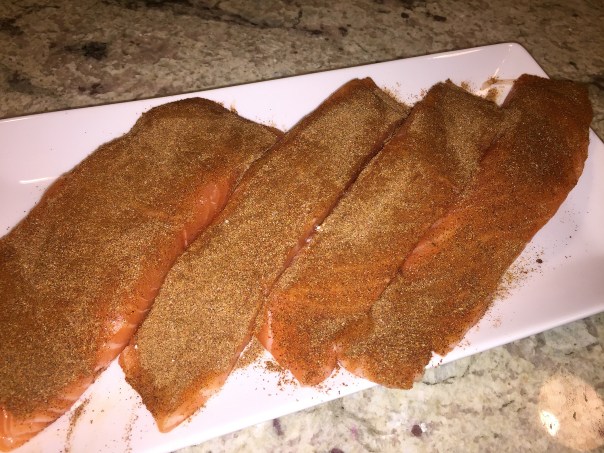
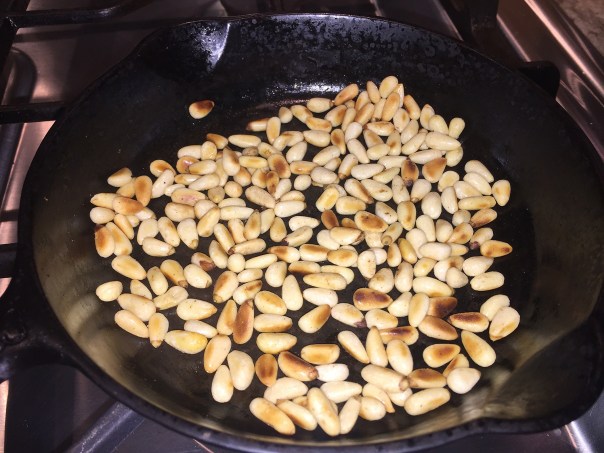





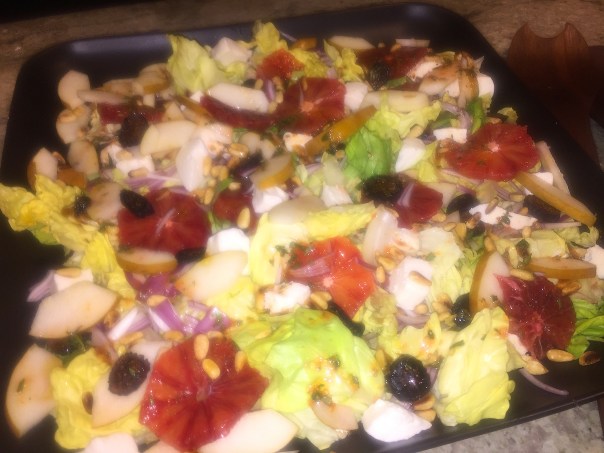

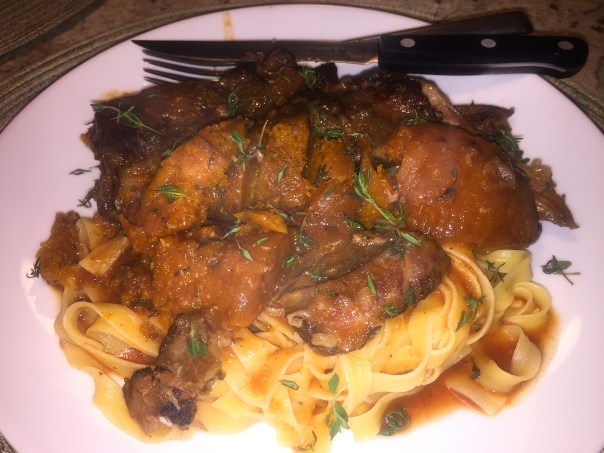




 After I got home from work, I removed the meet and squash to a covered dish and poured the sauce into a gravy separator.
After I got home from work, I removed the meet and squash to a covered dish and poured the sauce into a gravy separator.